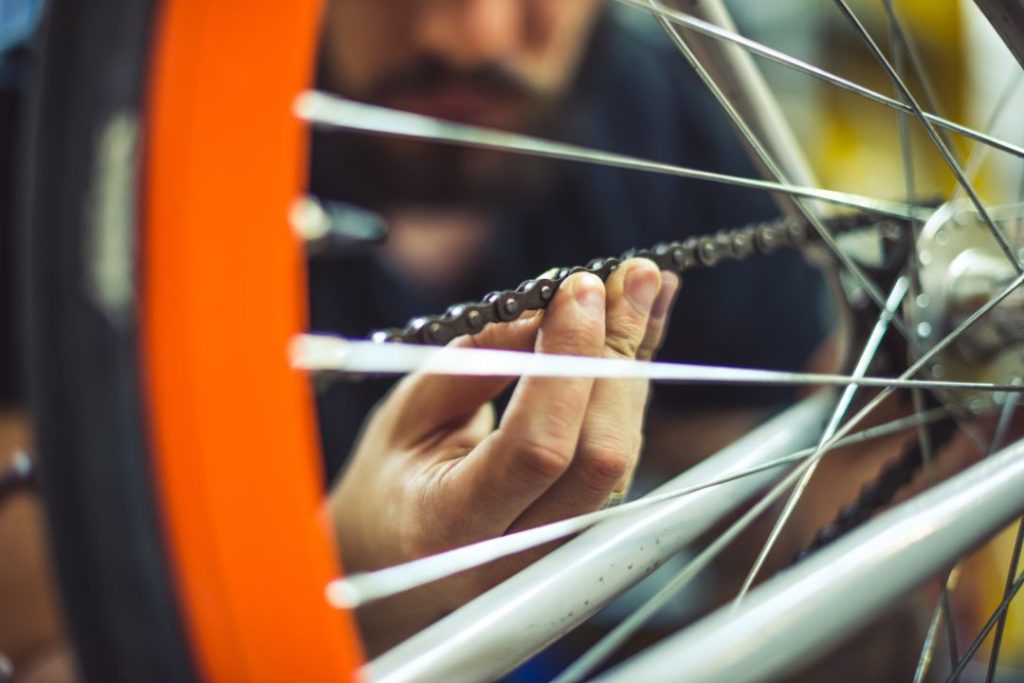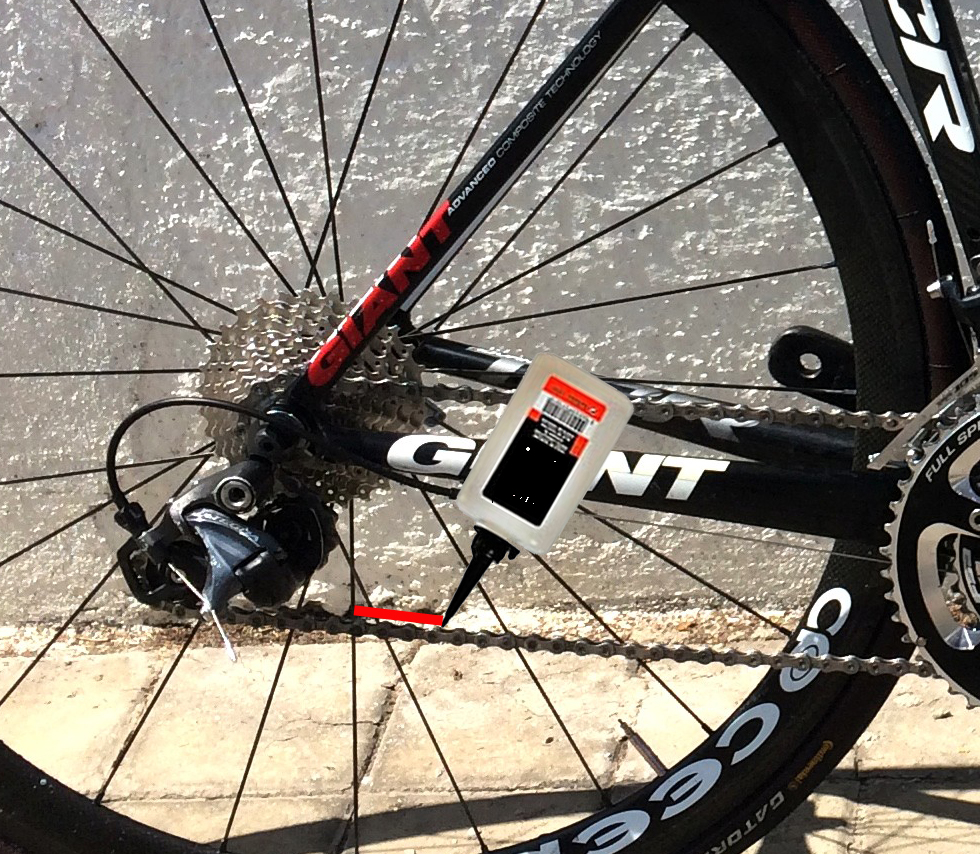Brakes are one of the most important components of any bicycle, as they play a vital role in safety and performance, for example during descents. Proper maintenance of your bike’s brakes is essential to ensure their effectiveness during rides, especially in adverse conditions or when braking at high speeds.
If you want to learn how to adjust your bike’s brakes and keep them in top condition, this article provides the essential steps to do just that.
Importance of bicycle brake maintenance
Bicycle brakes are subject to constant wear due to repeated use and riding surface conditions. Brake efficiency can be compromised by dirt build-up, worn brake shoes or pads, misadjusted wiring, or problems in the hydraulic system (in the case of disc brakes). Regular maintenance is crucial to ensure efficient braking response and to avoid possible accidents due to defective brakes.

Types of Bicycle Brakes
There are different types of bicycle brakes, each requiring a different approach to adjustment and maintenance. The most common are:
- Rim brakes (V-brakes and cantilever): These brakes act on the rim of the bicycle via rubber brake pads.
- Disc brakes (hydraulic or mechanical): These use metal discs and calipers to provide more powerful and precise braking.
How to adjust the brakes of your bike step by step
Adjusting V-brakes or Cantilever brakes
- Checking the level of wear of the brake pads: Before adjusting the brakes, it is necessary to check the condition of the brake pads. If you notice that they are very worn or uneven, they will need to be replaced. The brake pads must be aligned so that they touch the rim evenly.
- Adjusting brake pad alignment: Brake pads must be correctly aligned with the rim to avoid annoying noises and ineffective braking. To do this, it is necessary to adjust the position of the brake pads. Loosen the fixing bolts and move the brake pads towards the rim. Make sure they are close enough, but do not rub against the rim.
- Adjusting the distance between the brake pads and the rim: The distance between the brake pads and the rim should be minimal, but not in constant contact. Use the adjustment screw on each brake pad bracket to modify this distance. This will ensure efficient braking without the brake pads wearing faster than normal.
- Checking the brake cable: If the brake cable is rusty or worn, it is advisable to replace it. If the cable is in good condition, make sure that the cable tension is adequate. If the brakes are too loose, adjust the tension on the brake lever or on the adjustment screws on the front of the brakes.
Disc brake adjustment
- Disc alignment check: The brake disc must be perfectly aligned with the brake pads. If you notice that the disc is bent, use a special tool to straighten it, or if necessary, replace it. A misaligned disc can cause noise and a decrease in braking efficiency.
- Brake Caliper Adjustment: Calipers should always be centred on the disc. To adjust the calipers, loosen the caliper fixing bolts, adjust the caliper position and retighten the bolts. If the brakes are hydraulic, make sure that there are no fluid leaks from the calipers.
- Brake pad wear check: Brake pads should be replaced when they have reached significant wear. As the brake pads wear to their limit, braking performance will be affected. Make sure the pads are in good condition and correctly aligned with the disc.
- Check the hydraulic system (if applicable): If you have hydraulic brakes, make sure the system is not leaking and that the brake fluid level is adequate. If necessary, top up the fluid as recommended by the manufacturer.

Maintaining your bike brakes
Regular maintenance of your bike’s brakes is crucial to maintaining their efficiency and extending their lifespan. Here are some additional tips:
- Brake cleaning: Dirt, mud or dust build-up can affect brake performance. Use a clean, dry cloth or a cleaner specifically for bike brakes. For disc brakes, be sure to use a grease-free cleaner.
- Check brake cables: Brake cables must be in good condition to ensure efficient braking. Periodically check the cables for signs of wear or oxidation. If necessary, lubricate them with special cable oil or replace them.
- Brake pad check (disc brakes): Make sure brake pads are not worn. If wear is significant, replace them with new ones. Also, check regularly that the pads are correctly aligned with the disc.
- Brake pad replacement (V-brakes): Brake shoes should be replaced when worn. Worn brake pads can significantly compromise braking performance.
Adjusting and maintaining your bike’s brakes is essential to ensure that your bike operates correctly and safely. Whether you have V-brakes or disc brakes, proper adjustment and regular care are key to avoiding failure at critical moments.
By following these technical steps and performing regular checks, you can keep your brakes in excellent condition, ensuring optimum performance on every ride. Remember, too, that you can always call in a professional for maintenance.
 Go to BKOOL
Go to BKOOL





